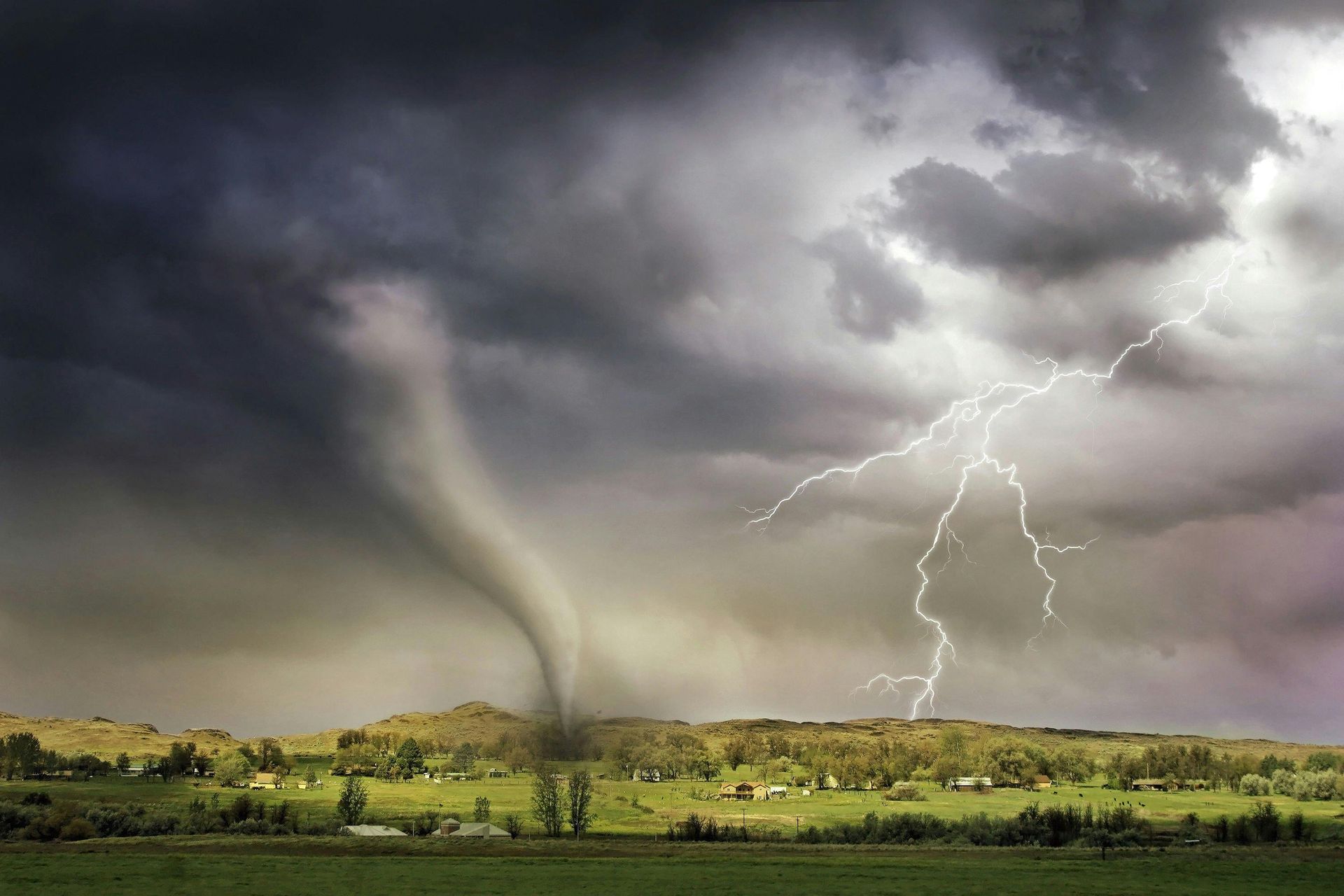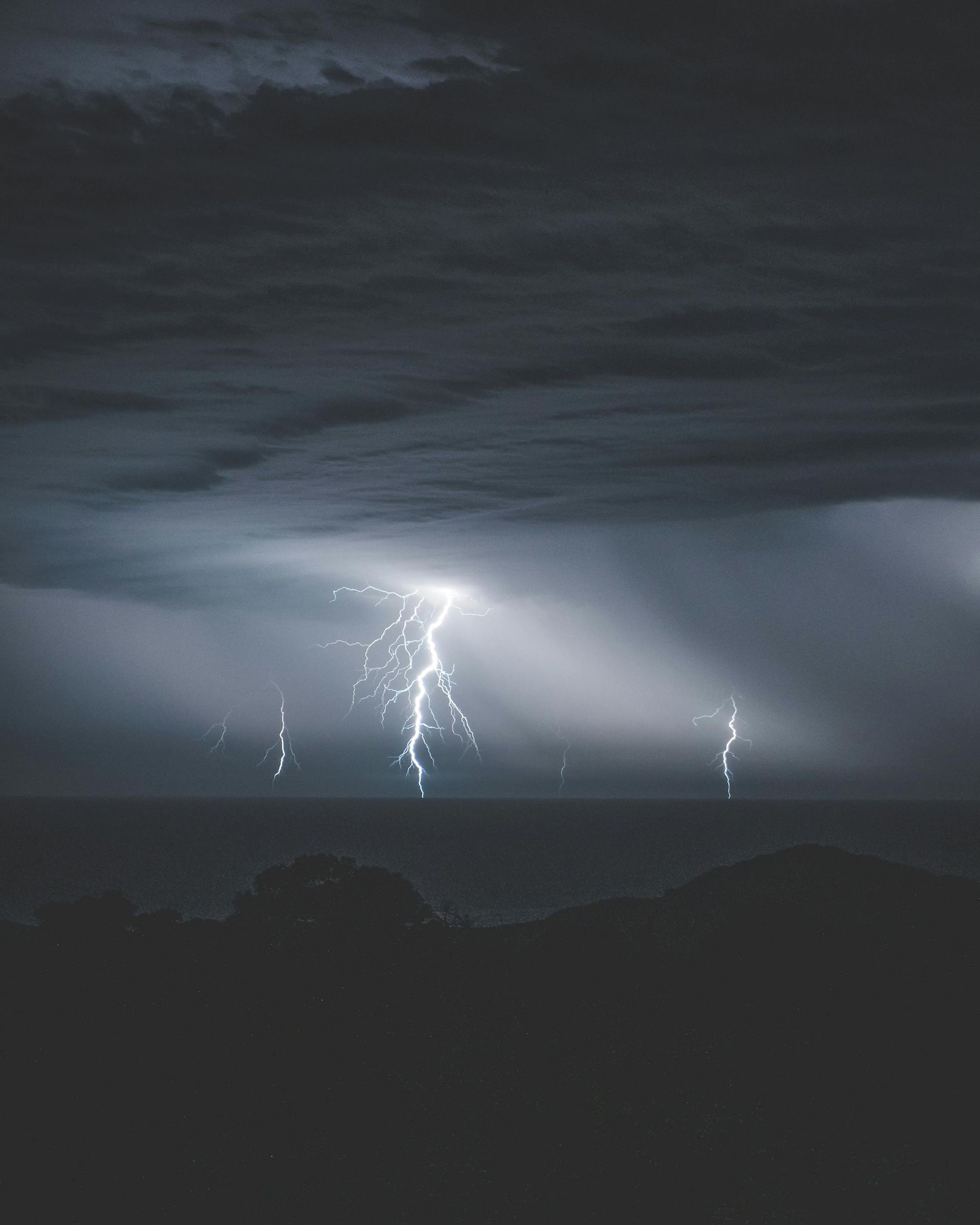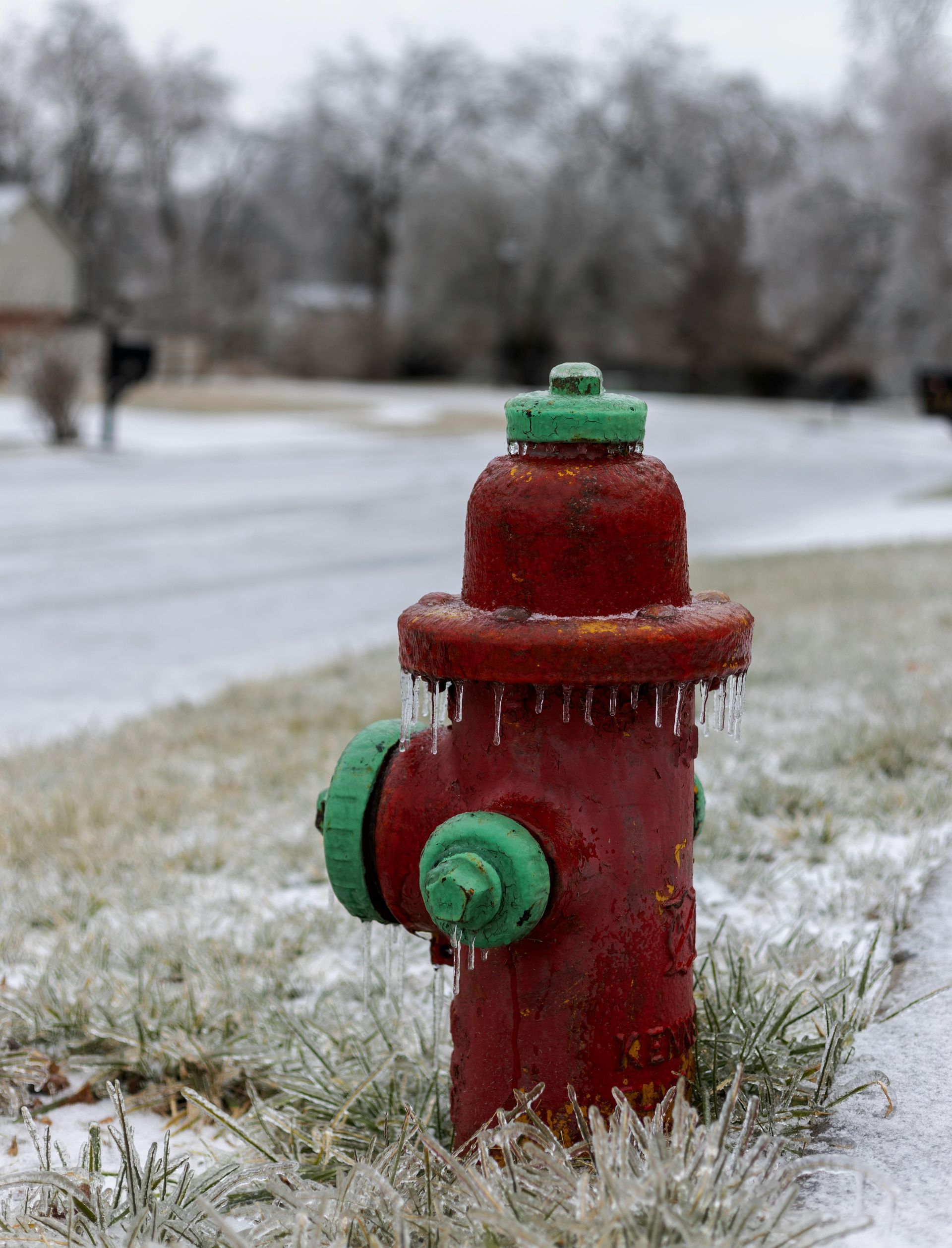Top 5 Ways to Prevent Minor Storm Damage from Becoming a Major Problem
Storms can wreak havoc on homes and properties, leaving homeowners scrambling to address visible damage. But what often goes unnoticed are the small issues—minor leaks, cracks, or damage to exterior elements—that can escalate into major, costly problems if left unattended. Acting quickly and proactively is key to mitigating these risks. Here are the top five ways to prevent minor storm damage from becoming a major problem.
1. Inspect Your Property Thoroughly After Every Storm
A careful inspection of your home and property after a storm is the first step in preventing small issues from escalating.
What to Check:
- Roof: Look for missing or damaged shingles, granule loss, or dents caused by hail.
- Windows and Doors: Inspect for cracks, broken seals, or damaged weatherstripping.
- Gutters and Downspouts: Ensure they are free of debris and directing water away from your foundation.
- Foundation: Look for small cracks or pooling water near the base of your home.
Pro Tip: Even if the damage seems minor, document your findings with photos and videos. This can help with insurance claims if the problem worsens.
2. Address Water Intrusion Immediately
Water is one of the most destructive forces a home can face. Small leaks or damp areas can quickly lead to mold growth, structural decay, and health hazards.
Steps to Take:
- Fix Leaks Promptly: Repair any visible leaks around windows, doors, or roofs as soon as possible.
- Dry Wet Areas: Use fans and dehumidifiers to dry out waterlogged spaces.
- Check Hidden Areas: Inspect under carpets, behind furniture, and inside closets for signs of moisture.
Ignoring water intrusion can turn a manageable repair into a significant restoration project. Mold, for example, can begin growing within 24 to 48 hours.
3. Perform Regular Maintenance on Vulnerable Areas
Routine upkeep of your home's most storm-vulnerable areas can prevent minor damage from spiraling into major issues.
Key Maintenance Tasks:
- Roof: Schedule professional inspections at least once a year and after significant storms to identify weak spots.
- Siding: Repair cracks, replace missing panels, and ensure proper sealing to prevent water infiltration.
- Trees and Landscaping: Trim overhanging branches and remove debris that could damage your home during high winds.
Pro Tip: Preventative maintenance is often less expensive and time-consuming than dealing with the aftermath of severe damage.
4. Act Quickly on Small Repairs
Procrastinating on minor repairs can lead to significant costs down the line. A small crack in a window, for example, can let in water, causing wood rot or mold growth over time.
Why Timely Action Matters:
- Escalation Risk: Unaddressed damage can worsen with each new storm.
- Cost Savings: Small fixes are typically cheaper than major overhauls.
- Insurance Compliance: Many policies require homeowners to act promptly to prevent further damage.
For instance, sealing a small crack in your foundation now could save you thousands of dollars in extensive foundation repairs later.
5. Consult Professionals for Hidden Damage
Not all storm damage is immediately visible to the untrained eye. Hiring professionals to assess and address hidden damage can save you from future headaches.
When to Call a Professional:
- Roofing: If you suspect damage but can’t safely access your roof.
- Mold and Water Damage: If you notice musty smells, discoloration, or persistent dampness.
- Structural Integrity: If you see new or widening cracks in walls or your foundation.
Pro Tip: Disaster restoration experts, like those at Disaster South, can provide comprehensive assessments and create a clear plan for repairs, ensuring no issue goes unnoticed.
The Importance of Acting Now
Delaying repairs or ignoring minor damage can lead to:
- Escalating Repair Costs: Minor issues grow into major problems, requiring extensive work.
- Health Hazards: Mold and mildew can cause respiratory issues and other health concerns.
- Compromised Safety: Structural damage can weaken your home’s ability to withstand future storms.
Acting quickly not only protects your home but also safeguards your family and saves money in the long run.
How Disaster South Can Help
At Disaster South, we specialize in helping homeowners prevent small storm-related problems from becoming overwhelming challenges. Here’s how we can assist:
- Fast Response: Our team is ready to address damage quickly, minimizing further risks.
- Thorough Inspections: We identify visible and hidden damage to create a comprehensive repair plan.
- Expert Repairs: From minor fixes to major restorations, we handle it all with care and precision.
Contact Us Today: Don’t wait for minor damage to spiral out of control. Call us at 877-84-STORM or visit our website to schedule an inspection and take the first step toward restoring your property.
Conclusion
Storm damage, no matter how small, requires immediate attention. By inspecting your property, addressing water intrusion, maintaining vulnerable areas, acting promptly on repairs, and consulting professionals, you can prevent minor issues from becoming major problems. Trust Disaster South to guide you through every step of the process, ensuring your home remains safe, secure, and resilient for years to come.
Take action today—protect your home and family by addressing storm damage promptly. Reach out to Disaster South for expert help and peace of mind.









